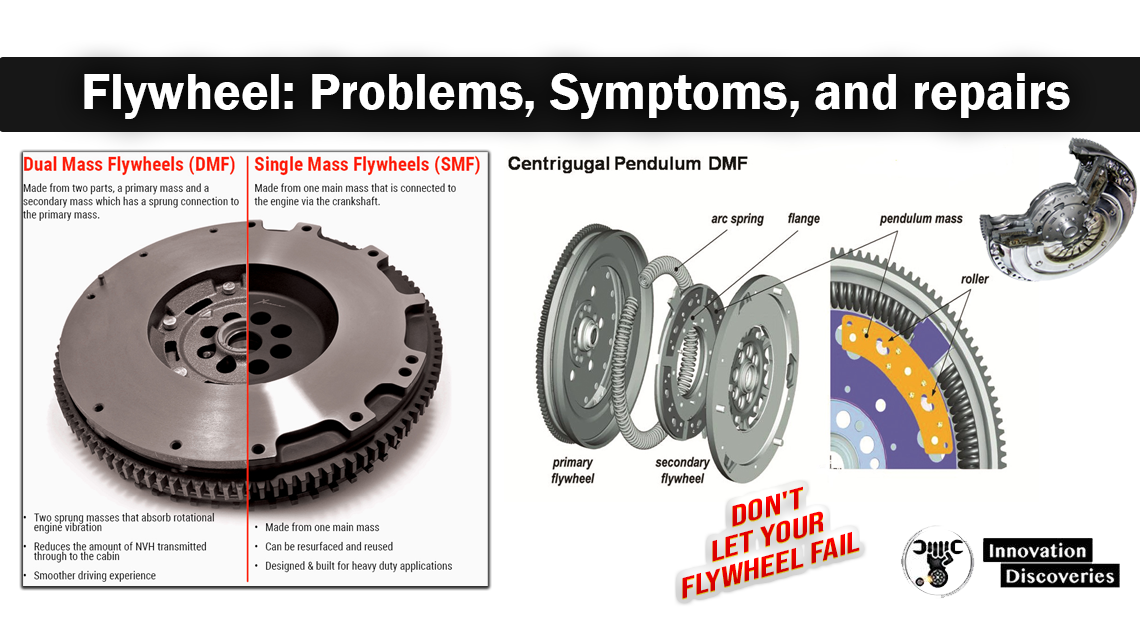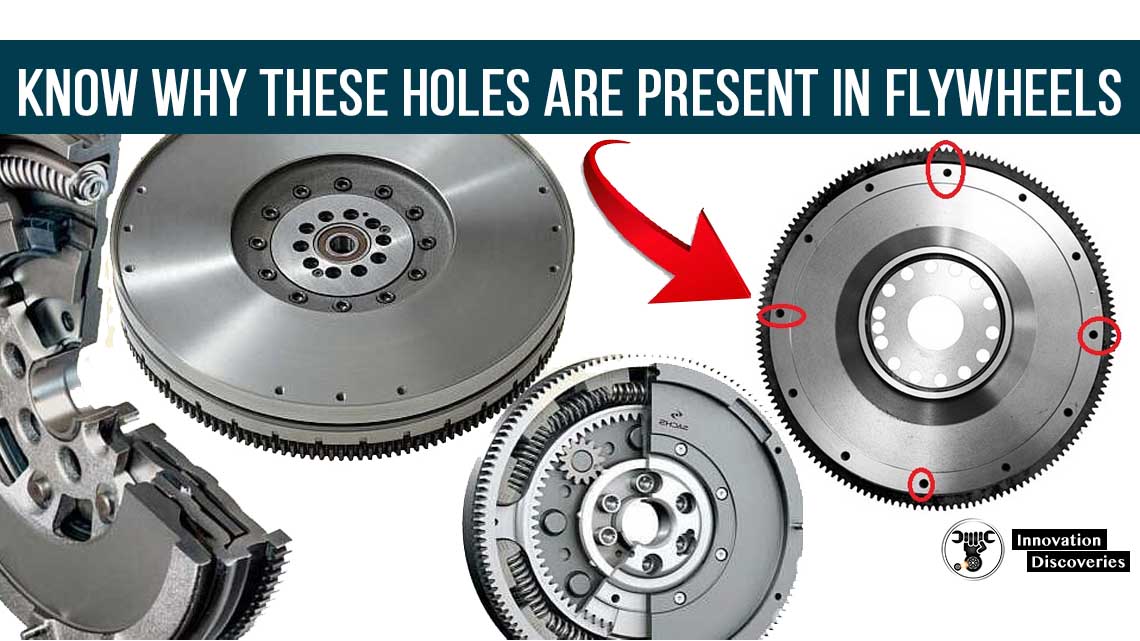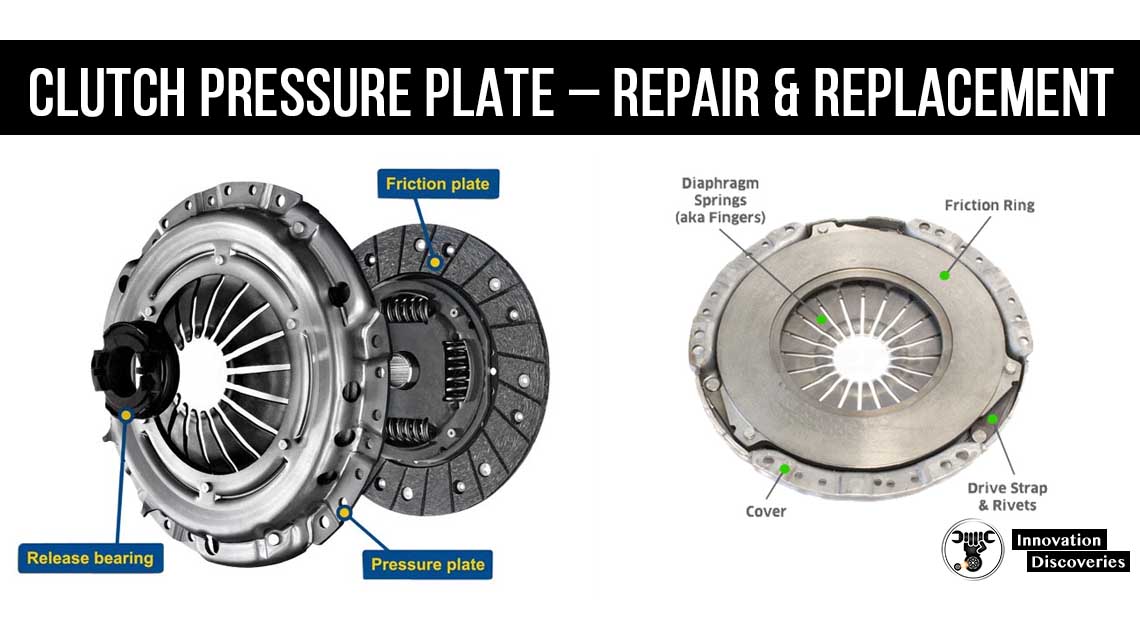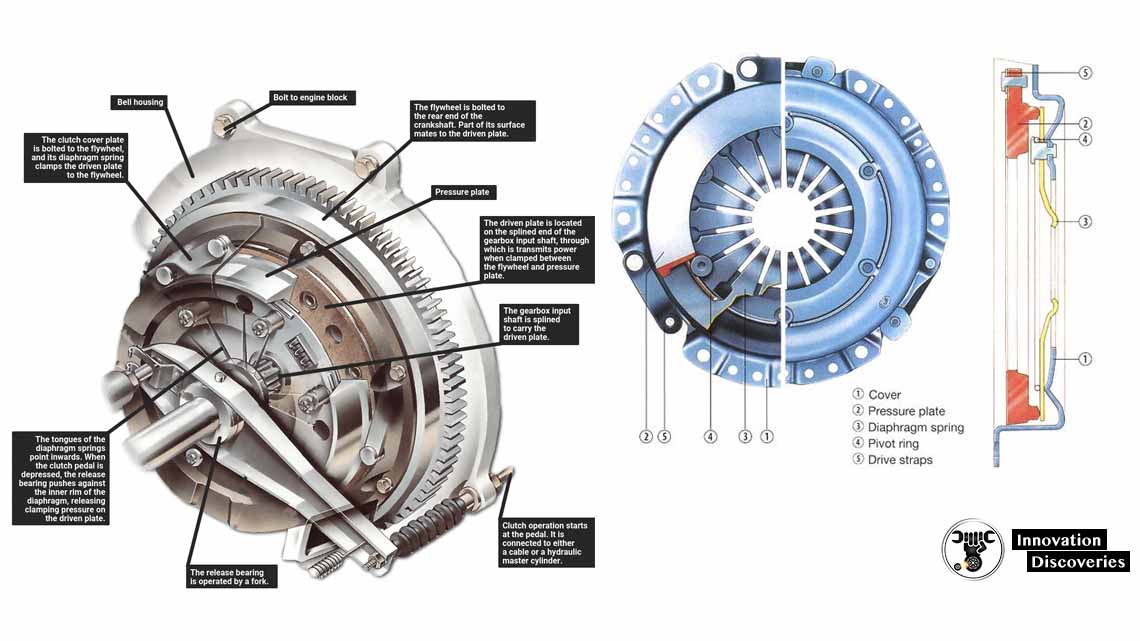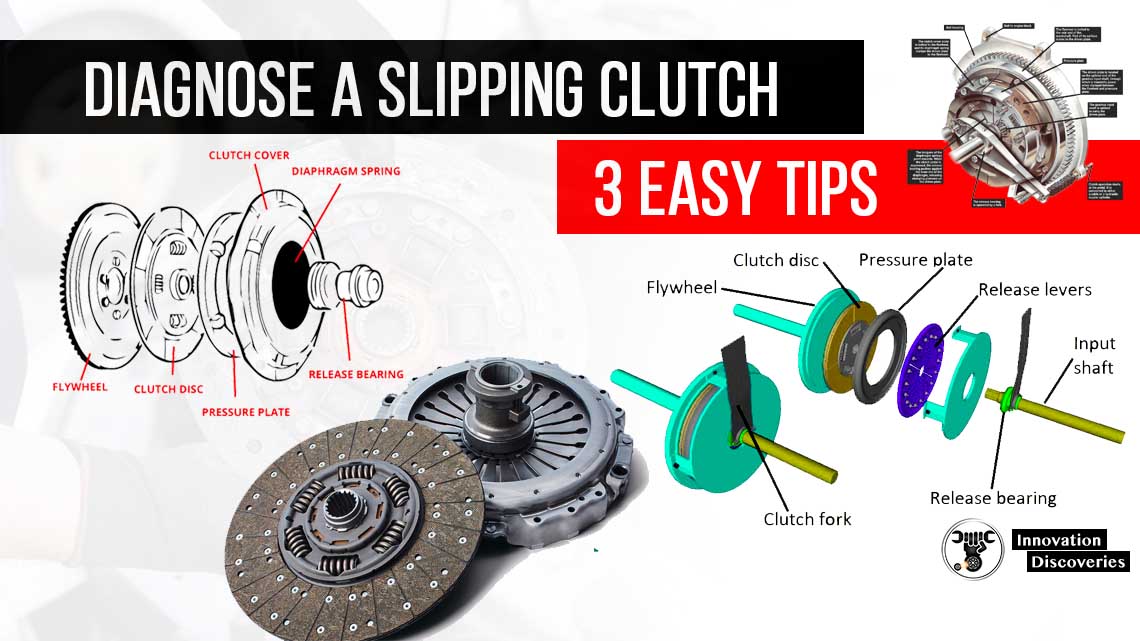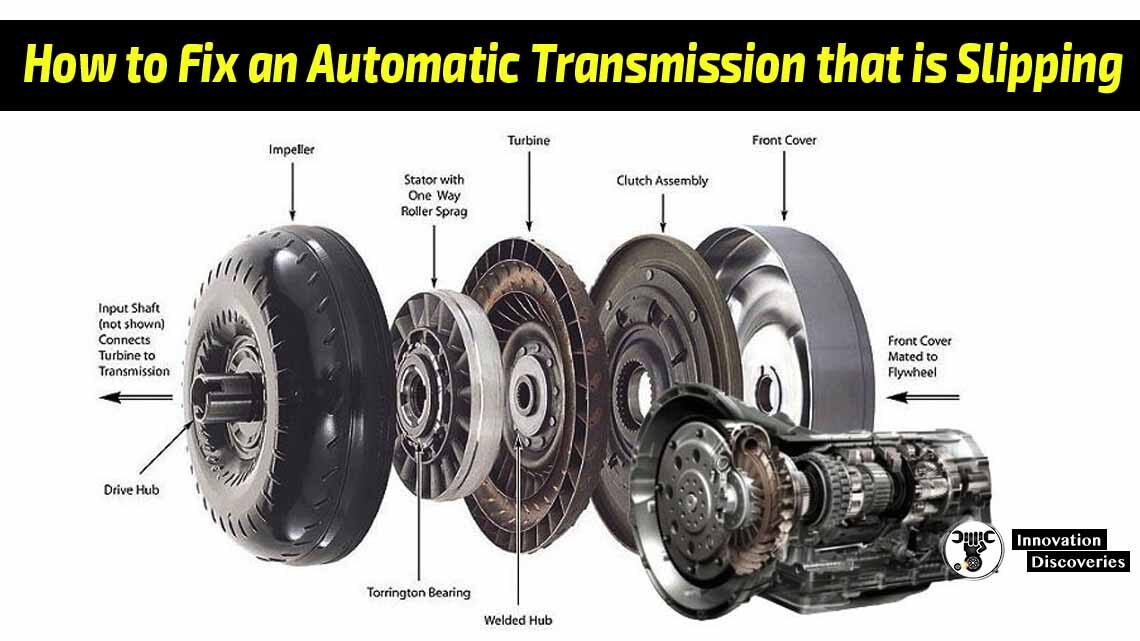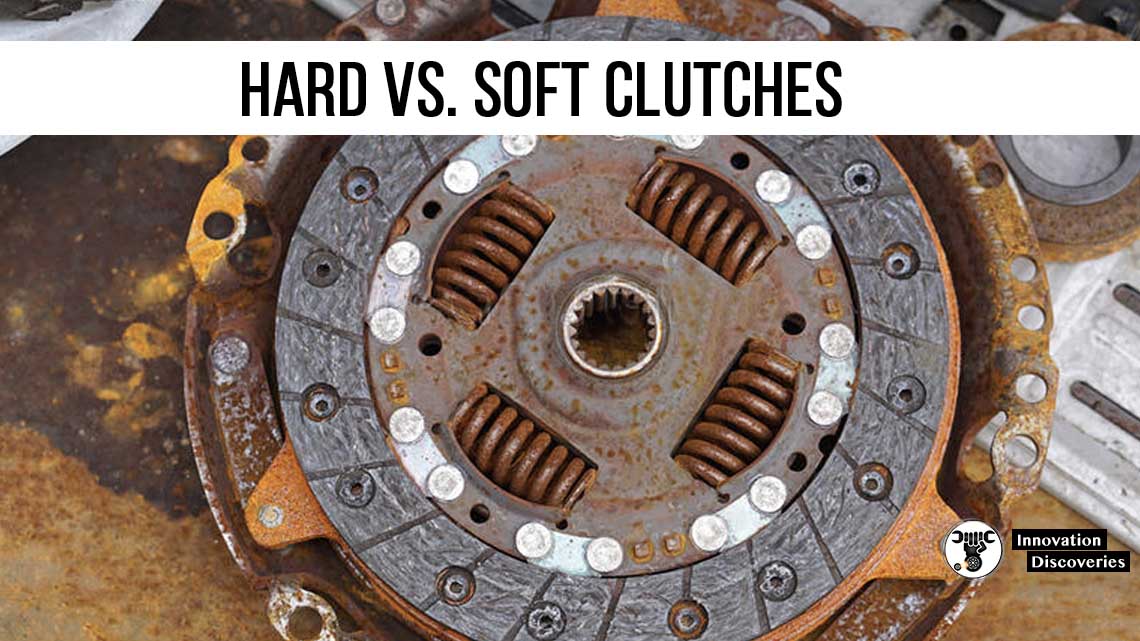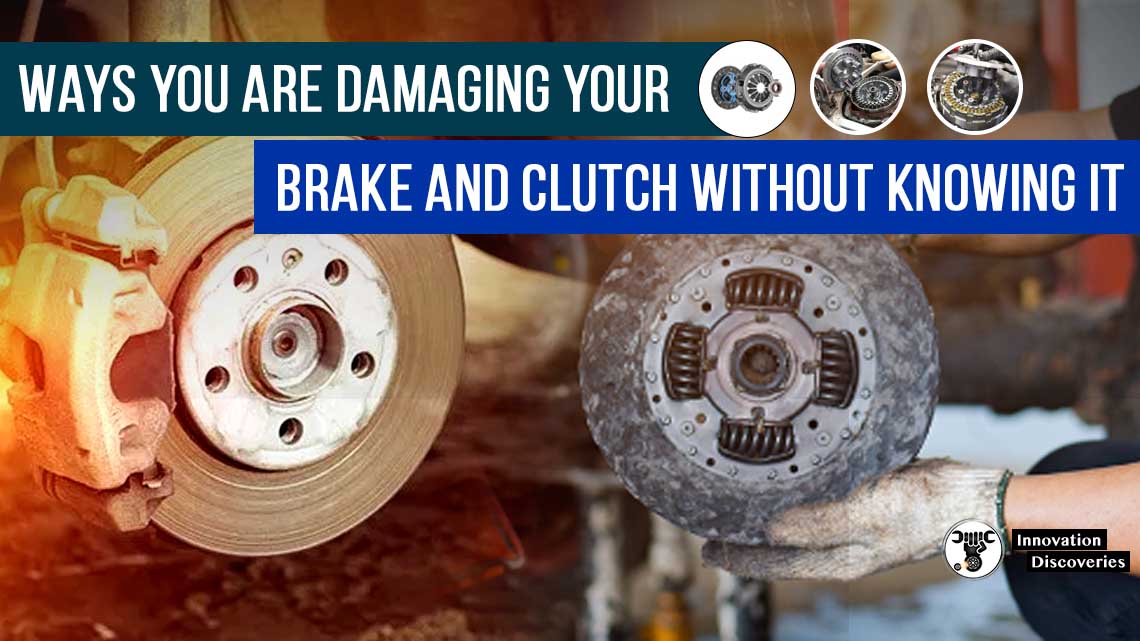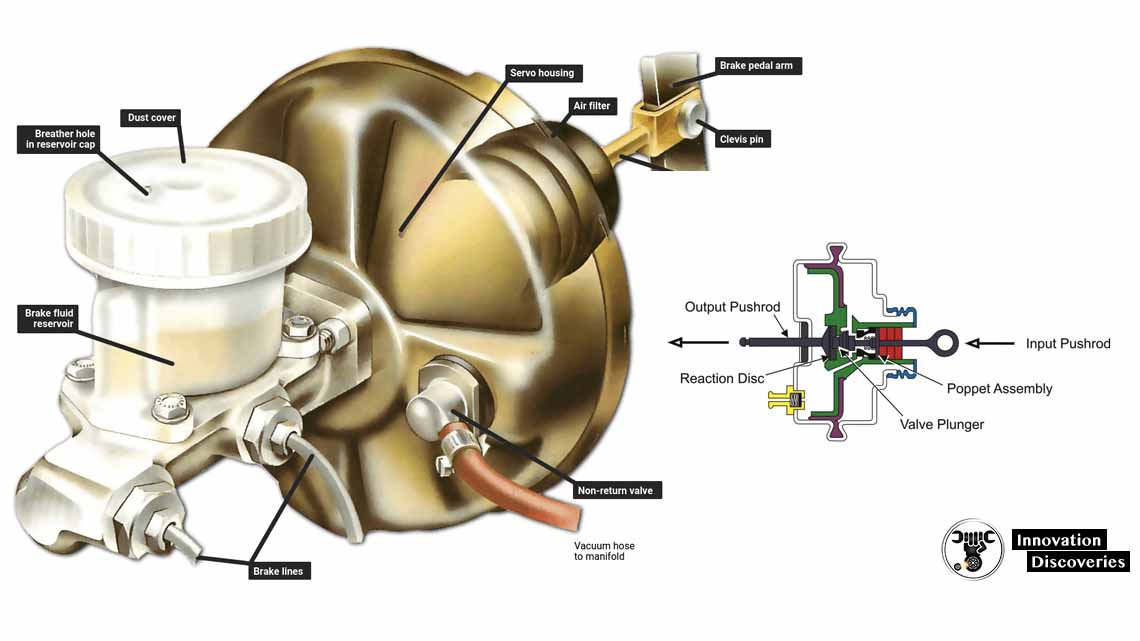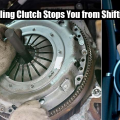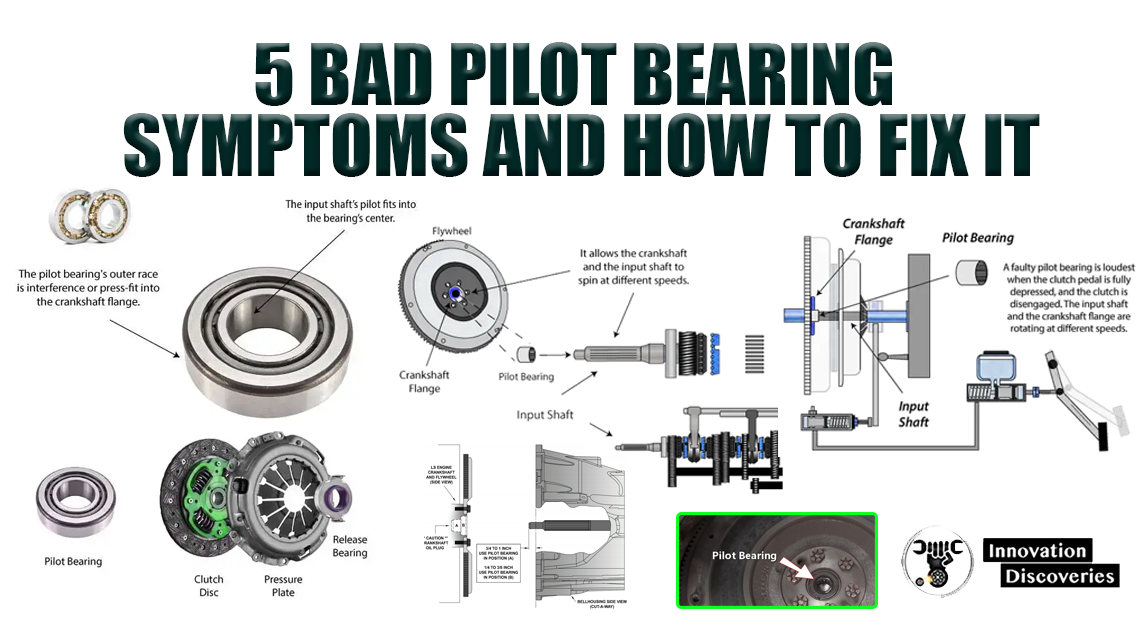
Introduction:
The pilot bearing is a small but critical component in a car’s transmission system. Its purpose is to support the input shaft of the transmission and allow smooth rotation. However, like any mechanical part, the pilot bearing can experience wear and failure over time.
In this article, we will explore the common symptoms of a bad pilot bearing, the potential causes of its failure, how to check for issues, and the steps to fix it.
What Does the Pilot Bearing Do in a Car?
Before delving into the symptoms and fixes, it’s essential to understand the role of the pilot bearing. The pilot bearing is a small cylindrical bearing placed in the center of the flywheel in manual transmission cars. It allows the transmission input shaft to rotate freely while the clutch is engaged or disengaged.
This smooth rotation prevents unnecessary wear on the clutch disc and transmission components during gear changes.
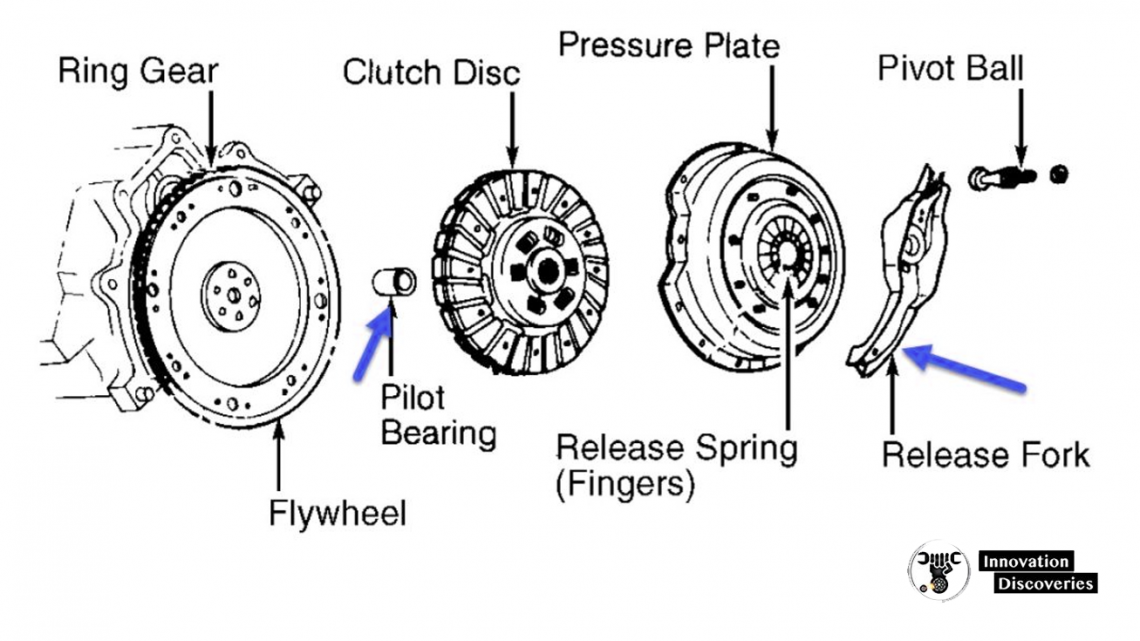
Symptoms of Pilot Bearing Failure
1. Unusual Noises:
A common sign of a failing pilot bearing is the presence of unusual noises, such as a high-pitched squealing or grinding sound when the clutch pedal is pressed or released.
2. Clutch Chatter:
If you notice a vibrating or chattering sensation when you engage or disengage the clutch, it could indicate a faulty pilot bearing.
3. Difficulty Shifting Gears:
A bad pilot bearing may cause difficulty in smoothly shifting gears. You may experience resistance or grinding when attempting to change gears.
4. Clutch Slipping:
A worn pilot bearing can lead to clutch slippage, where the engine revs increase without a corresponding increase in vehicle speed.
5. Excessive Clutch Pedal Play:
If the pilot bearing has failed, you might notice increased play in the clutch pedal, meaning it moves excessively before the clutch engages.
What Causes Pilot Bearing Failure?
Several factors can contribute to pilot bearing failure, including:
- Lack of lubrication: Insufficient or old lubricant can cause increased friction and wear on the bearing.
- Contaminants: Dirt, debris, or other contaminants can infiltrate the bearing and accelerate its deterioration.
- Normal wear and tear: Over time, the pilot bearing will naturally wear out due to constant use.
- Improper installation: Incorrect installation during clutch replacements can lead to premature bearing failure.
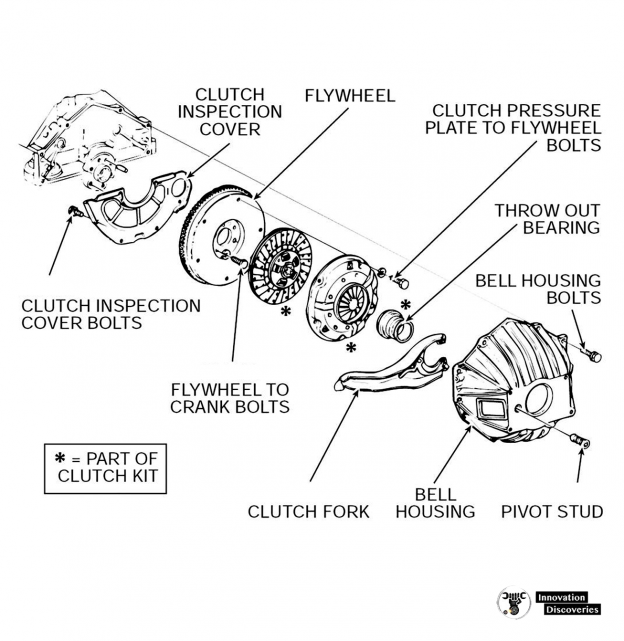
How Do You Check the Pilot Bearing?
To check for a bad pilot bearing, you will need to disassemble the clutch and inspect the bearing directly. This task requires some mechanical expertise, and if you are not familiar with automotive repairs, it’s best to consult a professional mechanic.

1. How to Remove and Fix a Bad Pilot Bearing:
Fixing a bad pilot bearing involves replacing the worn or damaged bearing with a new one. The process generally includes the following steps:
2. Raise and secure the vehicle:
Lift the car using a jack and secure it on jack stands to create a safe working space underneath.
3. Remove the transmission:
Disconnect the battery, remove the driveshaft, clutch linkage, and any other components necessary to detach the transmission from the engine.
4. Access the pilot bearing:
Once the transmission is removed, you can access the pilot bearing, which is usually located at the center of the flywheel.
5. Remove the old pilot bearing:
Use a suitable tool, such as a pilot bearing puller or slide hammer, to extract the old bearing from the flywheel.
6. Install the new pilot bearing:
Carefully press the new pilot bearing into the flywheel until it is properly seated.
7. Reassemble the components:
Put the transmission and all the removed parts back together, ensuring everything is properly aligned and tightened.
8. Test the clutch:
After reassembling, test the clutch for proper engagement and smooth gear changes.
Can You Drive With a Bad Pilot Bearing?
Driving with a bad pilot bearing is not recommended. The symptoms mentioned earlier, such as unusual noises, difficulty shifting gears, and clutch slippage, can worsen over time and potentially lead to more extensive damage to the clutch and transmission components. Continuing to drive with a bad pilot bearing may result in a complete clutch failure, leaving you stranded on the road.
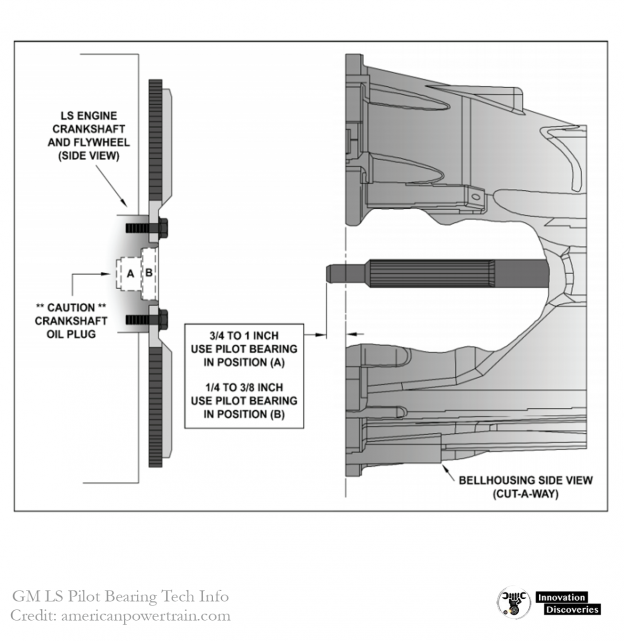
Conclusion:
The pilot bearing plays a crucial role in the smooth operation of a car’s transmission system. If you notice any of the symptoms mentioned above, it’s essential to address the issue promptly to prevent further damage.
While some car enthusiasts and experienced mechanics may attempt to replace the pilot bearing themselves, it is often best to seek the expertise of a professional mechanic to ensure a proper and safe fix.
Regular maintenance and early detection of pilot bearing issues can prolong the life of your clutch and transmission, ultimately saving you from costly repairs and breakdowns.
RELATED CONTENT:
ALSO, READ: HOW A CAR CLUTCH WORKS
READ:
- Checking and removing a clutch master cylinder
- Clutch Slipping Causes and Repairs
- CLUTCH PRESSURE PLATE – REPAIR & REPLACEMENT
Visit Forum
Visit Our Friendly Website


